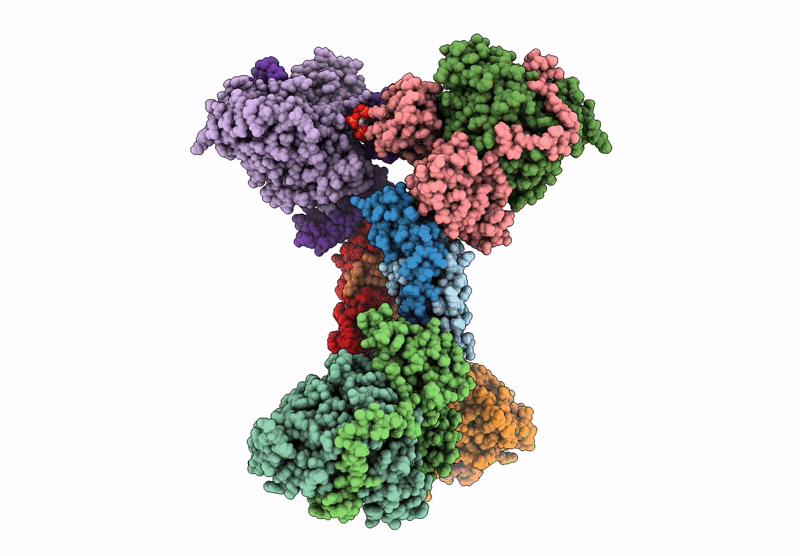
Deposition Date
2020-05-16
Release Date
2020-07-08
Last Version Date
2024-05-22
Entry Detail
PDB ID:
6Z2K
Keywords:
Title:
The structure of the tetrameric HDAC1/MIDEAS/DNTTIP1 MiDAC deacetylase complex
Biological Source:
Source Organism:
Homo sapiens (Taxon ID: 9606)
Host Organism:
Method Details:
Experimental Method:
Resolution:
4.50 Å
Aggregation State:
PARTICLE
Reconstruction Method:
SINGLE PARTICLE


